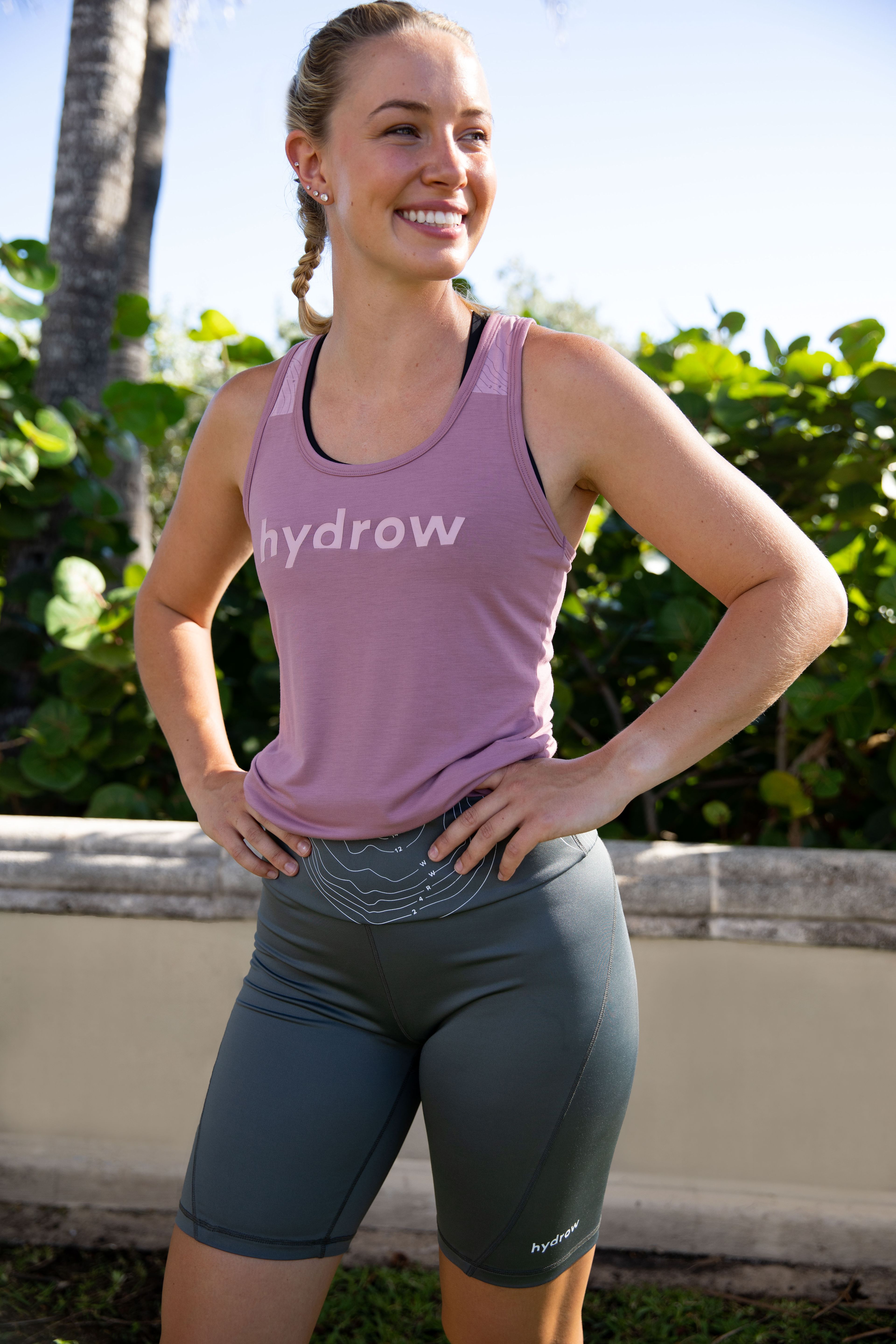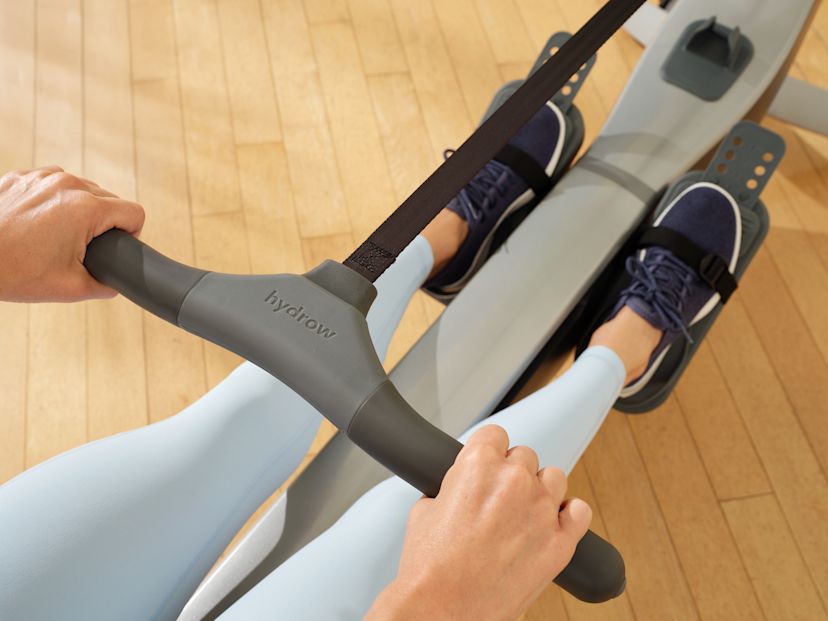Is Rowing Good Exercise for Skiing? Your Guide to Cross-Training
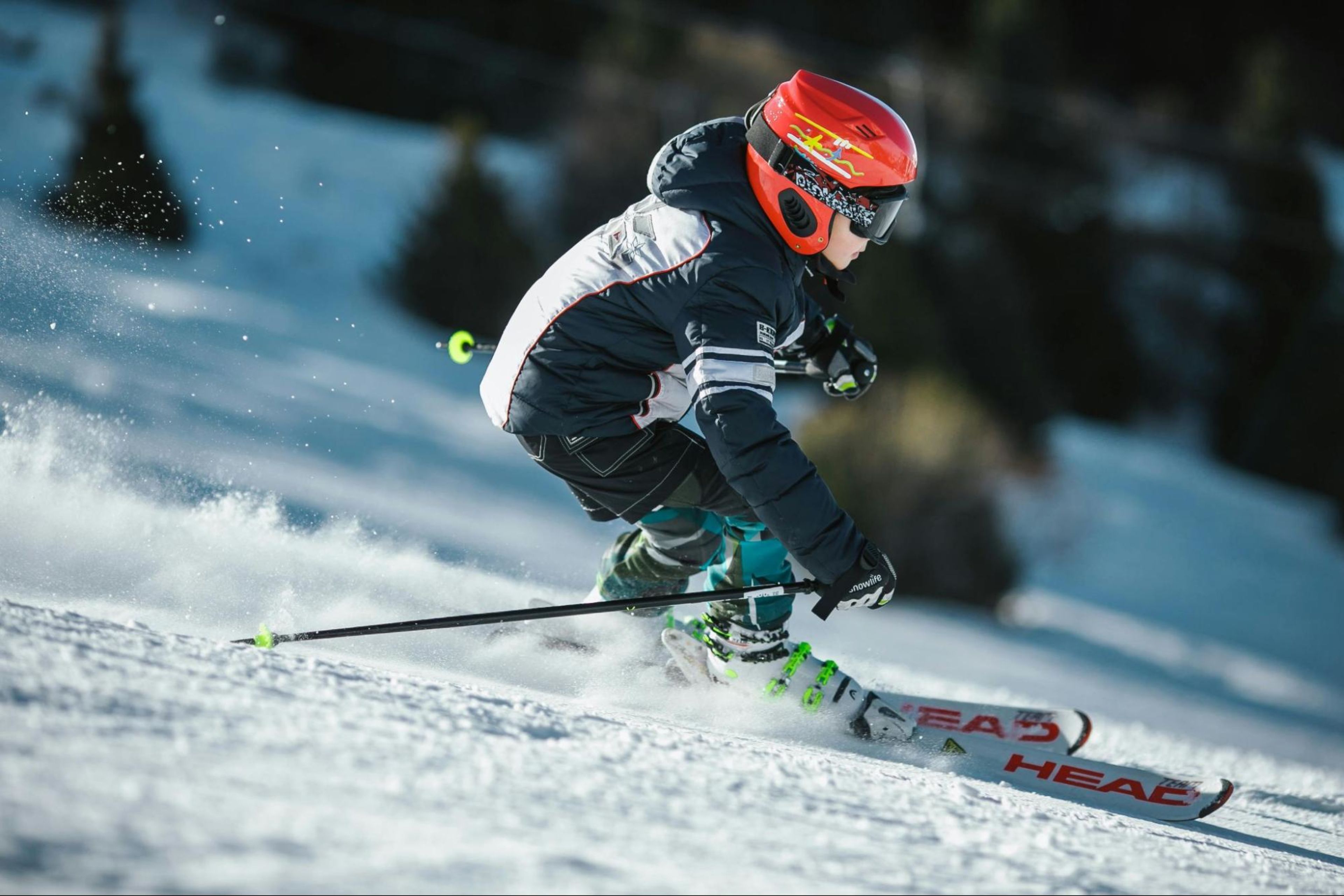
Rowing machines are known for being great pieces of cross-training equipment for a variety of sports, including running, cycling, hiking, and swimming. But if you’re a skier, you may be wondering whether adding rowing workouts into your fitness routine is worth your time and effort, as well as exactly how rowing can improve your skiing performance.
In this blog, we’ll explore whether rowing is a good cross-training exercise for skiing and share tips for effectively incorporating both into your exercise routine.
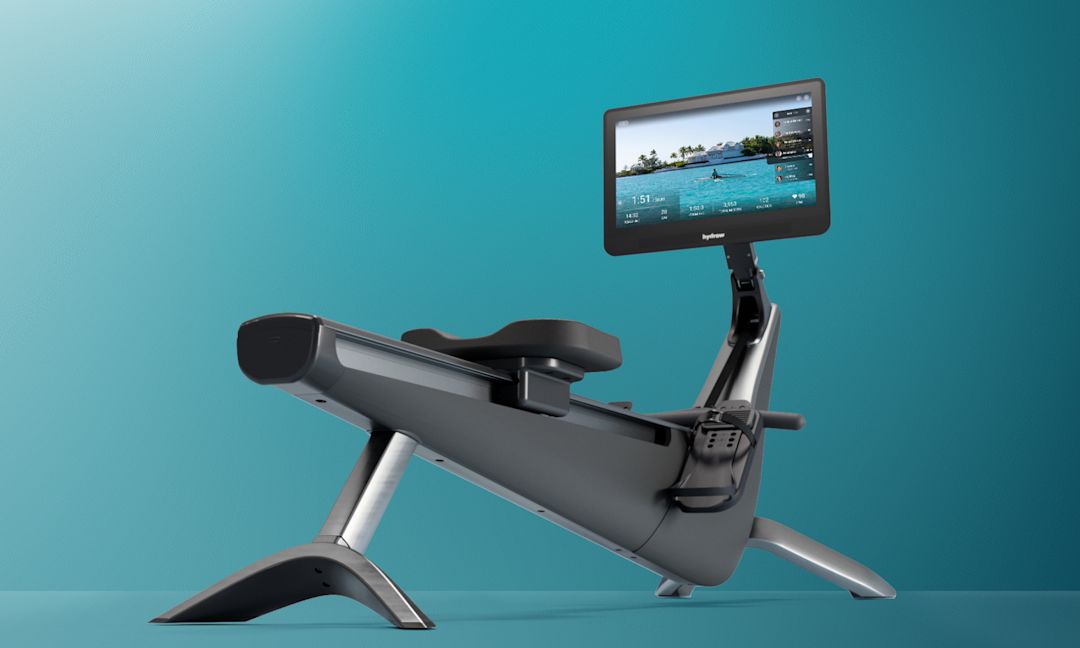
Holiday savings are here
Bring home our award-winning rowers at the best prices of the year.
Why cross-training with rowing and skiing is a good idea
Rowing is a fantastic cross-training option for skiers because it helps improve your endurance and strength without putting unnecessary stress on your joints. Let’s explore the benefits of rowing and skiing, including:
Building cardiovascular fitness
Targeting multiple muscle groups
Improving muscular power and endurance in your legs
Boosting core stability
Minimizing injury risk as a low-impact exercise
Being accessible year-round
1. Rowing builds cardiovascular fitness
Rowing and skiing both require sustained effort with bursts of intensity. By training with rowing, skiers can improve their aerobic capacity (VO2 max) and develop the endurance they need to perform better on long runs or during a full day of skiing.
As a full-body exercise, rowing also helps train your cardiovascular system to deliver oxygen more effectively, demanding more oxygen than more lower-body-centric workouts such as treadmills, ellipticals, or indoor bikes.
2. Rowing targets multiple muscle groups
Incorporating any strength training into your skiing prep can significantly improve your performance and enjoyment on the slopes. Rowing works a whopping 86% of your body’s muscles—including your arms, legs, and core—helping you to build the strength you need to control your skis, tackle bumps, and navigate difficult terrain like deep snow. Focusing on building your strength will lead to smoother and safer runs overall.
Related blog: Does a Rowing Machine Help You Gain Muscle?
3. Rowing improves muscular power and endurance in your legs
While you may think that rowing is all about the arms, you actually generate power for your strokes by pushing on a footplate with your legs, targeting your glutes, quads, calves, and hamstrings. The leg drive from rowing can help you build the muscular endurance and power you need to navigate quick turns and ski longer without fatigue, especially on long trails or during multiple runs.
4. Rowing boosts core stability
Rowing activates your core throughout each stroke, strengthening your abs, obliques, and lumbar muscles and improving your core stability. This can help you better maintain your balance while you’re skiing over uneven terrain or at high speeds, enabling you to more smoothly shift your weight from one ski to another as you make turns.
Focusing on strengthening your core can also help reduce your risk of falls, as you can recover more quickly if you lose your balance or get into awkward positions.
5. Rowing is low-impact
Rowing’s low-impact, joint-friendly nature is one of the major reasons this sport is so popular among cross-training athletes. You can get in a high-intensity exercise without unnecessarily stressing your joints—particularly ones that are activated as you ski, including your knees, hips, and ankles.
By focusing your cross-training on low-impact rowing workouts, you’ll improve your strength and endurance without risking new injuries or aggravating old ones.
6. Rowing can help with injury prevention
As a strength-building exercise, rowing can help you prevent skiing injuries by enhancing muscle control, stability, and joint support. Skiing puts stress on your knees, hips, and back in particular, and building strength in your supporting muscles can reduce your risk of injuries, especially to the knees (such as ACL injuries).
Enhancing your muscular endurance also means you’ll be able to ski longer without getting tired, with fatigue leading to poor skiing form and potential accidents. Additionally, if you do fall, having better strength can help you get up quickly and minimize injury risks from awkward movements.
7. Rowing is accessible year-round
As an indoor piece of fitness equipment, rowing machines can be used in any type of weather, making them a perfect cross-training option both during your ski season and during the off-season. That means even when you don’t have access to the mountains, you can maintain your cardiovascular endurance, strength, and mobility, keeping you in peak condition for when ski season begins and preventing off-season fitness loss.
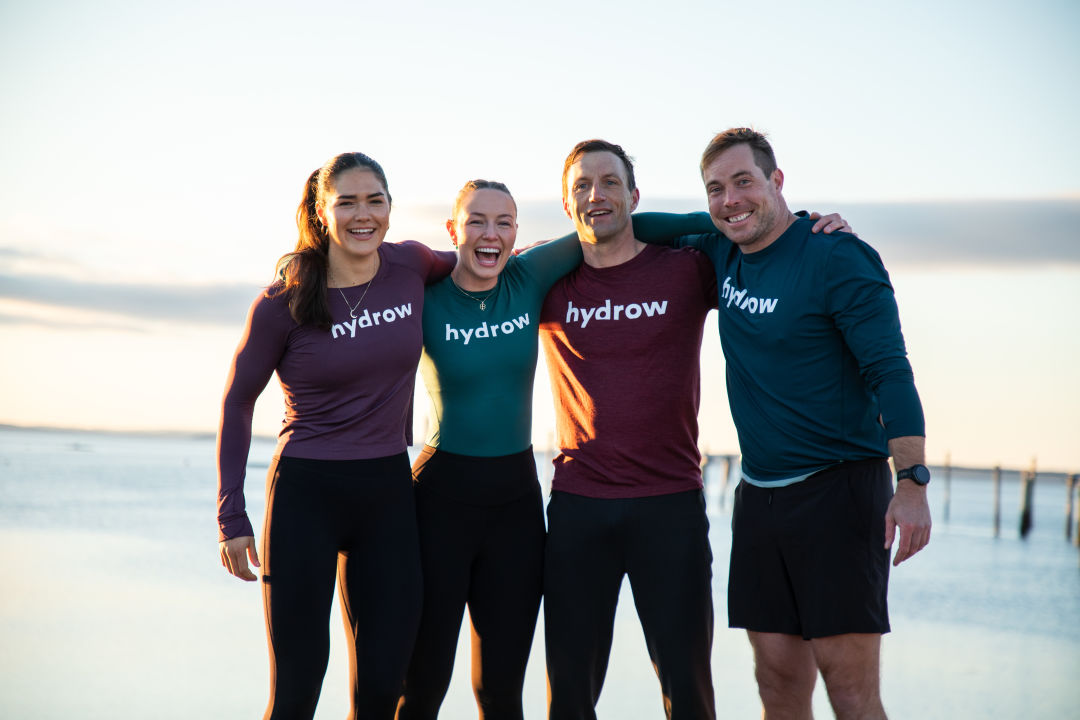
Explore Hydrow’s library of 5,000+ rowing, circuit training, yoga, Pilates, and mobility workouts.
How to cross-train with rowing and skiing
Rowing two to three times a week during the off-season or between ski days can provide a healthy blend of recovery, conditioning, and mental refreshment. To maximize the benefits of rowing, we recommend mixing up your rowing routine with a variety of workout types, including:
Steady-state cardio: Steady-state rowing workouts help improve cardiovascular endurance, allowing you to stay energized longer without getting fatigued. By strengthening your heart and improving oxygen delivery to muscles, your body will also be able to manage the increased oxygen demands of higher altitudes.
Interval training: High-intensity interval training (HIIT) rowing workouts entail short sprints followed by rest, closely mimicking the explosive bursts of energy required during ski runs. Doing HIIT rowing workouts can help boost your power and endurance, helping you sustain higher-intensity efforts for longer periods of time without getting tired.
Another great thing about rowing is that you don’t need to log an hour on your machine to experience the benefits. Even just 20 minutes a day can help you on your way toward improving your fitness!
Related blog: How Long Should You Row for a Good Workout?
Jump-start your rowing routine with Hydrow
As you can see, rowing offers a ton of benefits for skiers as a low-impact exercise that strengthens muscles, builds cardiovascular endurance, and reduces your risk of injury. If you’re considering adding a rowing machine to your home, Hydrow brings more than just equipment—it brings total-body results and intelligent training.
Each stroke works 86% of your muscles, delivering an efficient, immersive workout—and with real-time feedback and personalized scores, Hydrow helps you help you row smarter, build strength, and stay motivated. Just 20 minutes a day is all it takes to move with purpose, boost energy, and see results that last.
Hydrow’s workouts are led by world-class and Olympic Athletes and filmed on real water in beautiful locations around the world. Whether you’re rowing or cross-training with yoga, Pilates, strength, mobility, or circuit workouts, you’ll find movement that motivates—and keeps you coming back.
Ready to train smarter? Explore what Hydrow can do for you.

Real strength keeps moving
Learn how working out with Hydrow can help support a fuller, more active life.
